A Bird Class Student for 16 Years
By Linda Swanson
You’re thinking no, that can’t be possible, sixteen years? But yes, I was a student in Joe Morlan’s weekly Bird Class beginning in the fall of 2003, and was continually enrolled through the spring 2019 semester. Technically speaking, that took place in 17 calendar years with CCSF’s Continuing Education Field Ornithology course. I’m used to the looks of bewilderment, wonder, and disbelief when I share this. Was it that I failed each semester, or was it something else?
It was the something else.
There were actually two ornithology courses taught by Joe, a semester’s Introduction to Field Ornithology, an overview of birding, the basics of ornithology, and perusal and study of the entire National Geographic Field Guide to the Birds of North America, the course text. The second course was Topics in Field Ornithology, an in-depth study of the birds in the Nat Geo Field Guide, covering the three or four species represented on one page during each weekly class session. Joe presented and instructed us with every field mark, range, history, and nuance of each species accompanied by the slides from his vast teaching collection. These slides are not all stellar bird poses, but instead represent what is encountered in the field: partial views of birds, various plumages, and ages from juvenile to adult. I wasn’t the only long-term student as it took ~ eight years to complete every page of the field guide and to “graduate.” But it never failed that a new edition of the Nat Geo was released with an updated reordering of the species, so it was nearly impossible not to miss some species or other in your education. And yes, there were the legendary quizzes each week, but my favorite part of Bird Class was the discussion that began class.
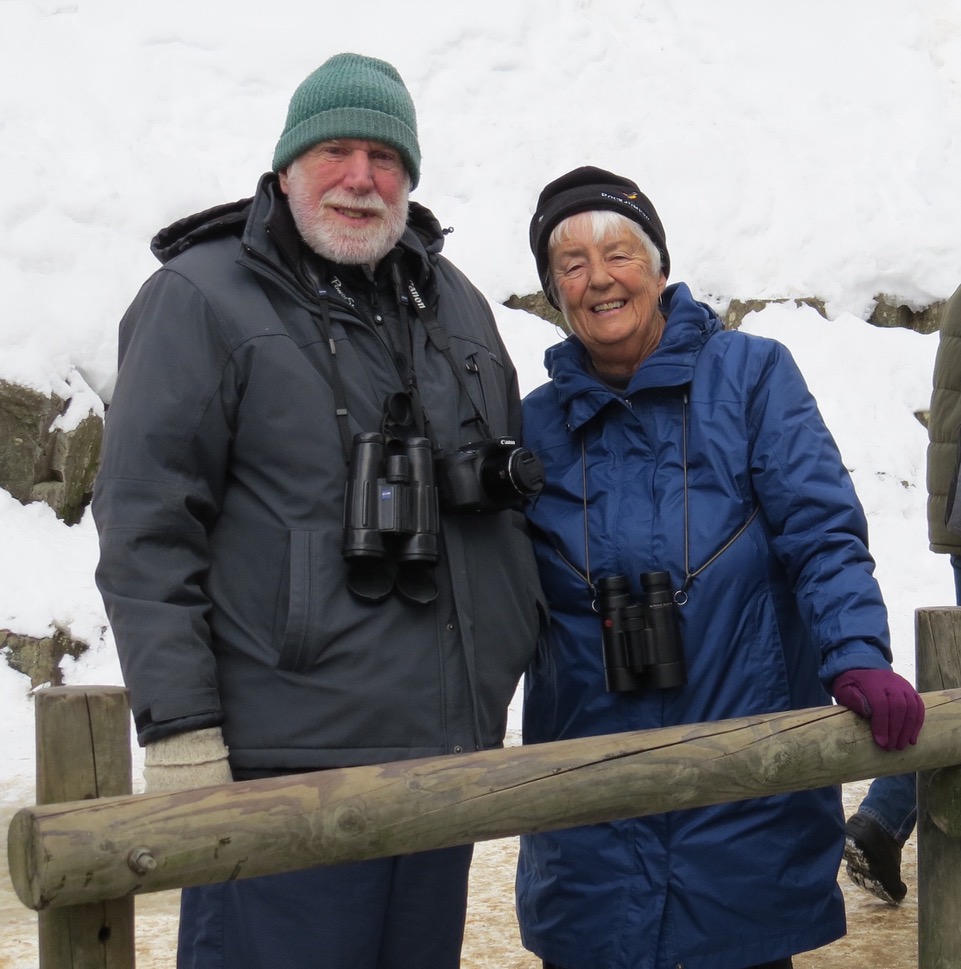
At 7:00 PM sharp, Joe would ask, “Does anyone have anything to report?” We were always a little hesitant to go first, but if no one brought anything up, the slides and instruction would begin, and we all knew this time had the potential to be the most exciting part of class. You never knew where it would go, what we might learn, and which stories Joe would recall from his legendary experiences as an ornithologist beginning here in the early 1970’s, that are at once captivating and priceless.
From my class opening notes, I see we were off and running one week when someone asked about albatross flying continually, when do they sleep? Joe introduced us to “single hemisphere sleep” https://en.wikipedia.org/wiki/Unihemispheric_slow-wave_sleep in which one half of the brain is asleep while the other half is awake. These opening notes include everything from new discoveries and data from ornithological research and publications, changes in the ornithological order of species and taxonomy, recent rare bird sightings, to Joe’s corrections to his teaching from prior weeks. You just never knew what might come up, including Joe’s stories, such as his arrival onto the Farallon Islands only to have the platform mechanism stall and being suspended over the churning Pacific for what seemed an interminable amount of time, and what I began calling Joe-ism’s, like this one, “Natural selection produces/favors ‘skittishness.’”
And fascinating stories, one of my favorites being the tale of Richard Meinertzhagen, detailed in a recent biography, and also appearing in a New Yorker article “Ruffled Feathers” by John Seabrook, 5/29/06. https://www.newyorker.com/magazine/2006/05/29/ruffled-feathers
The experiences I had in Bird Class over the years included two earthquakes, end-of-semester parties, burned-out slide projector bulbs (Joe was old-school), and near impossible travel through clogged city streets the year class fell on April 20. 4/20. We were in class for the World Series in 2010, 2012, and 2014, and the Warrior’s championship games. We formed friendships, traveled on birding tours together, welcomed new students to class, and said goodbye to others when they left the Bay Area, as with Anna to Boston and Amanda to Buenos Aires.
Each semester Joe offered his classes six field trips in and around SF, capping these off with a trek to Point Reyes where over the years our sightings included: Northern Saw-whet Owl, Gray Flycatcher, Tropical Kingbird, Lapland Longspur, Northern Waterthrush, and Prairie Warbler to name a handful. We picnicked and shared in range of the calls of the elephant seals at the Fish Docks. Among the historic cattle ranches we saw mammals such as tule elk, coyote, bobcat, deer, and gray fox. Over the scrub vegetation, we caught sight of soaring raptors, falcons, harrier, and osprey. When I began Bird Class, Joe maintained compilation lists of bird species seen on field trips that evolved to eBird checklists with photos contributed by the many class photographers. And we never knew what we would encounter beyond birds on our field trips, including a coiled rattling Western Rattlesnake at Mitchell Canyon!
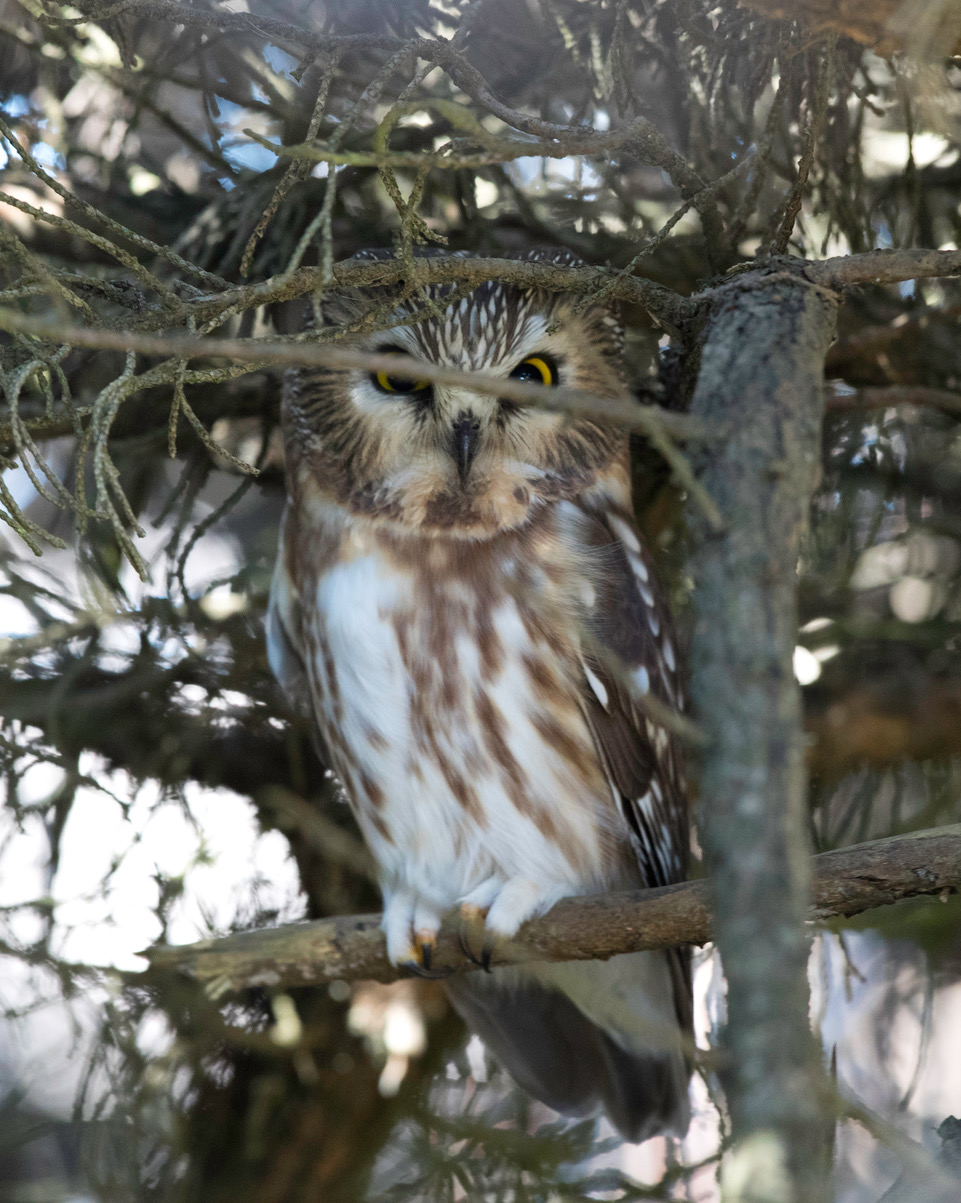
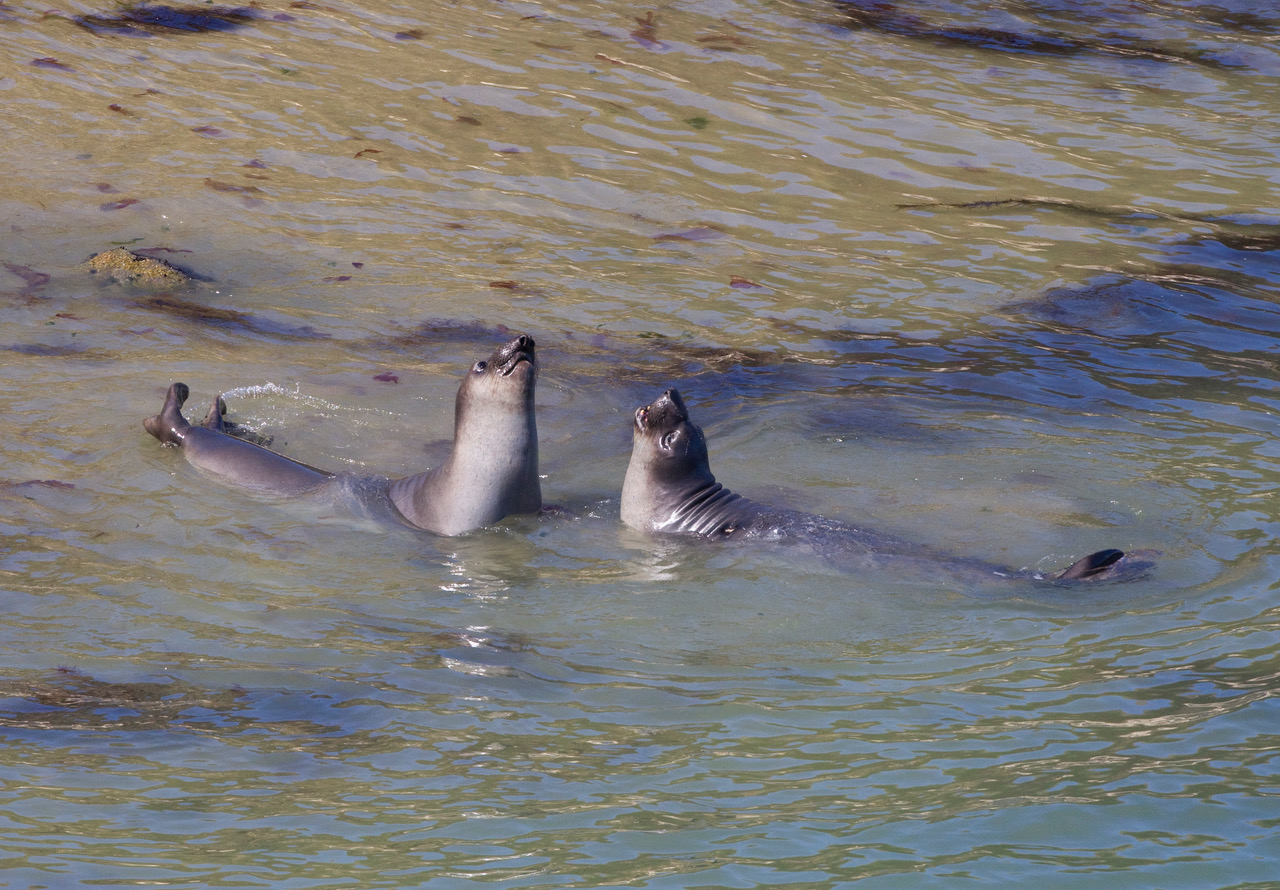
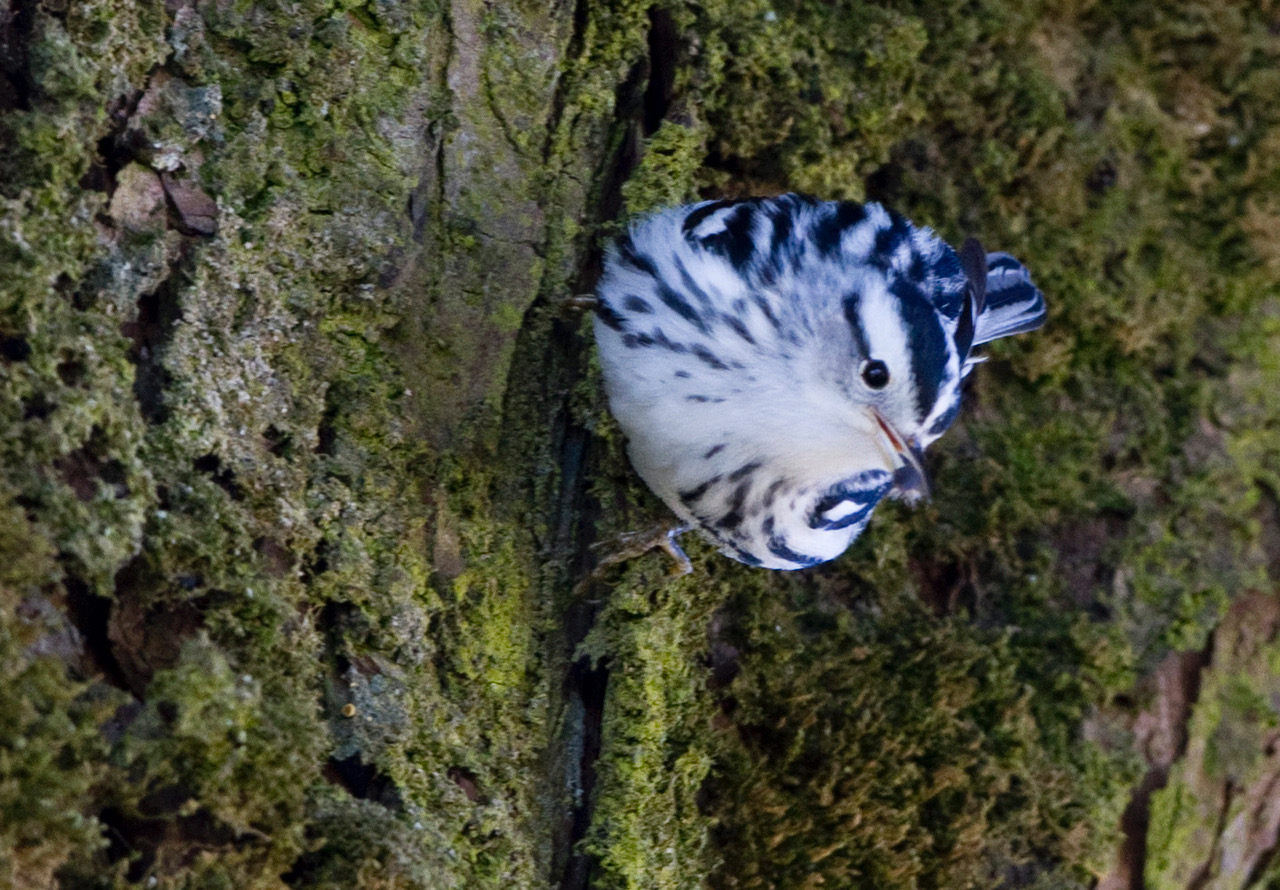
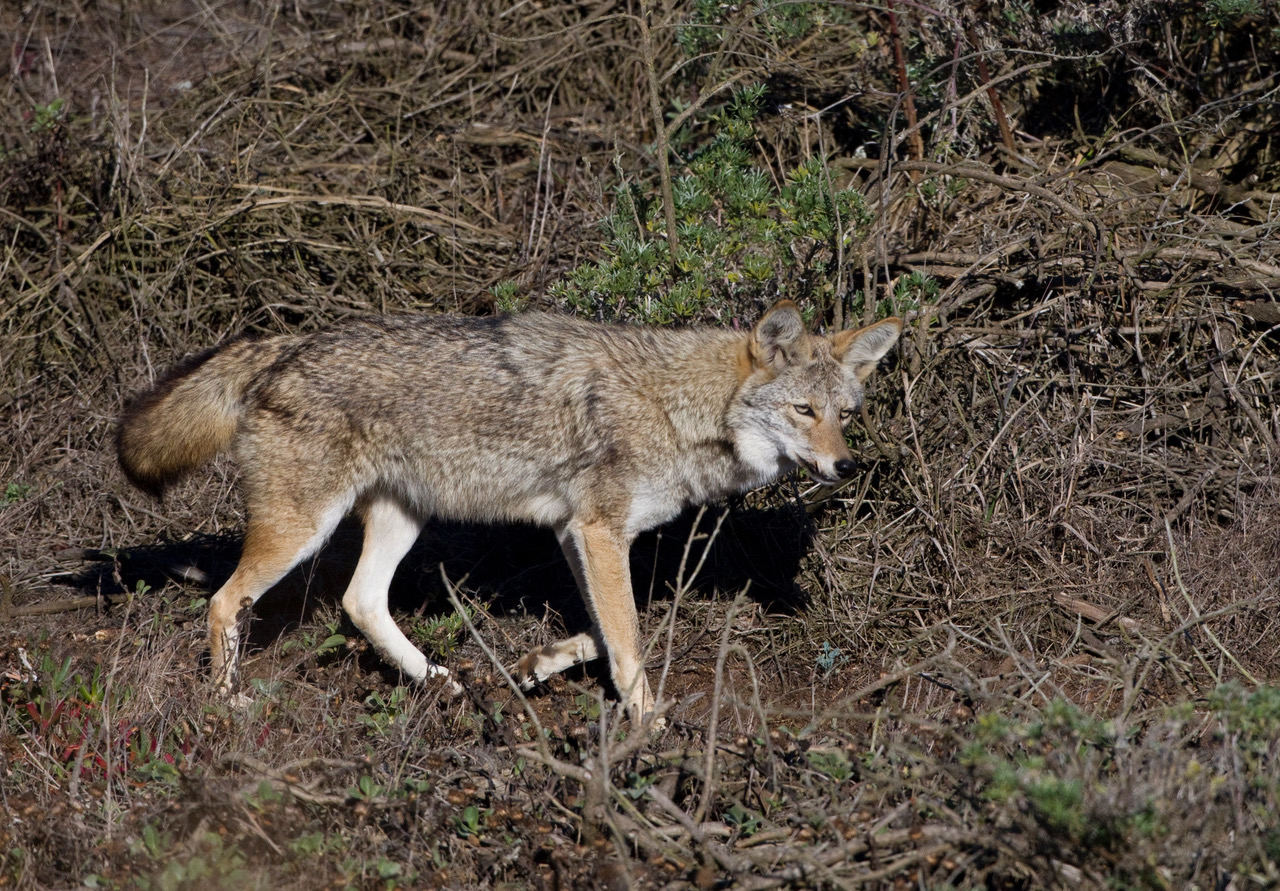
But to get to the field trips you first had to survive the Bird Class quizzes. Although this was a no-credit course, Joe gave a quiz at the end of each class that was as intimidating as any final exam. The first few years I was in Bird Class, we were shown about 20 slides of birds and wrote down what we identified the species to be. After the written part of the quiz, Joe began the slides again, calling on students for their answers, and why it was they identified the bird as that species, e.g., what were the field marks that made this woodpecker a Downy vs. a Hairy. As the years went by, Joe eliminated the written portion and instead the quiz went around the room, each student called upon to identify a bird slide. The only way of escape was to leave at the class break which occurred just before the quiz.
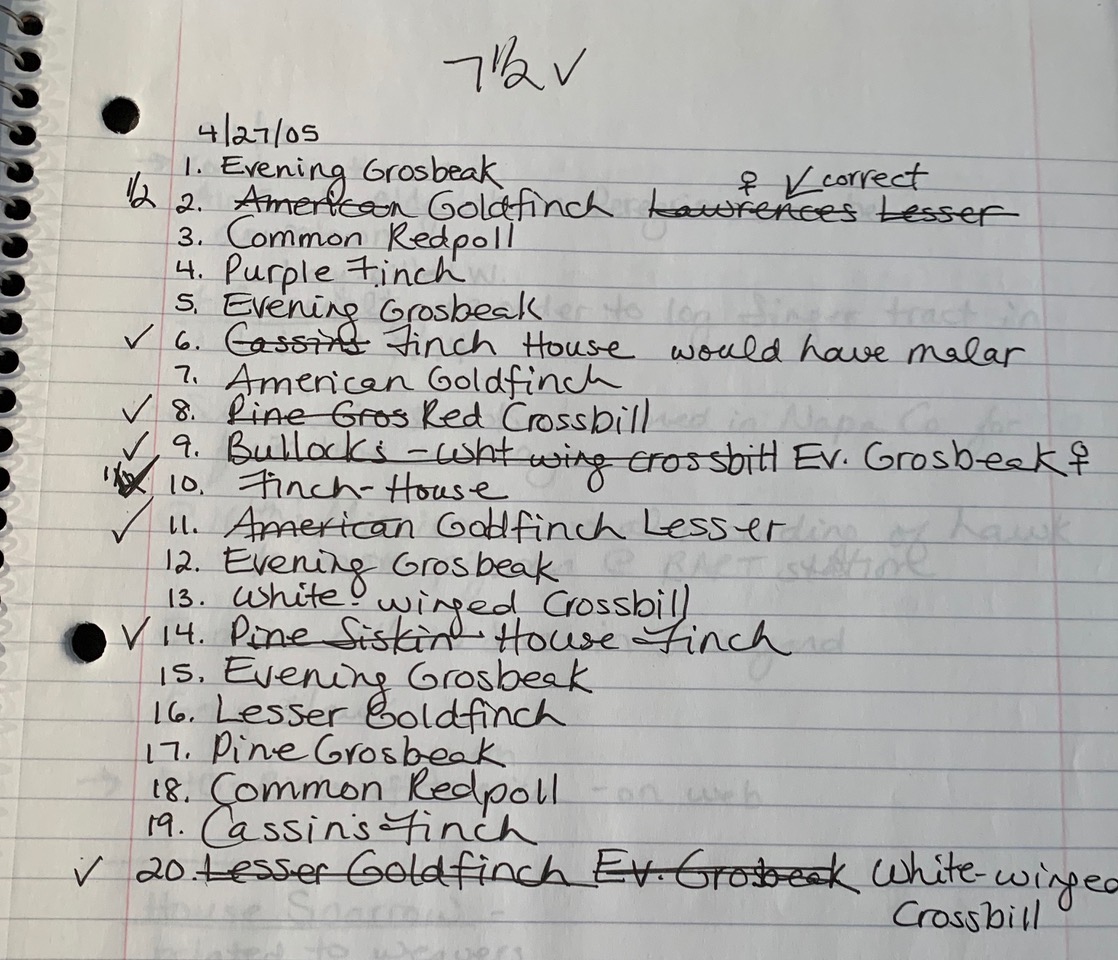
Joe chose quiz bird slides that forced us to put into practice our learning and identification skills, and to make sense of not-always-great views of a bird, and the way it is we see birds in the field. Joe’s purpose was to teach us to refrain from making hasty observations and deductions, but to reason out what it was and is we think we are seeing. To always question: and to critically think. And occasionally your quiz slide would be a bonus of a clearly identifiable species, e.g., closeup of a male California Quail, complete with its head plumes, while your classmates could be heard congratulating you on your easy slide with envy. And then there were the bonus night’s we ran short on time and anyone could offer an answer. But did we really learn as much this way?
The something else that kept me returning to Bird Class was Joe’s approach to his teaching: critical thinking. This enabled me to further continue my educational pursuits, and in turn informed my teaching approach. I am grateful to have been Joe Morlan’s student for sixteen years.

Epilogue: CCSF redesigned its Continuing Education Program to Community Workshops, and has not offered Joe Morlan’s Topics in Field Ornithology course since the Spring, 2019 semester. Joe began teaching in 1978 and his career spanned 41 years. https://fog.ccsf.edu/~jmorlan/
Joe is coauthor of “Birds of San Francisco and the Bay Area” and “Birds of Northern California.” He is also past chair of the California Bird Records Committee https://californiabirds.org/ and winner of the American Birding Association 2010 Ludlow Griscom Award for contributions to regional ornithology https://www.aba.org/aba-awards/
Linda Swanson is a San Francisco birder and longtime member of GGBA. Linda enjoys birding tours and travels, learning about new places and cultures, and experiencing new bird species. A takeaway as a Bird Class student after all those years: “the more I learn and know about birds, the more I don’t know.”
